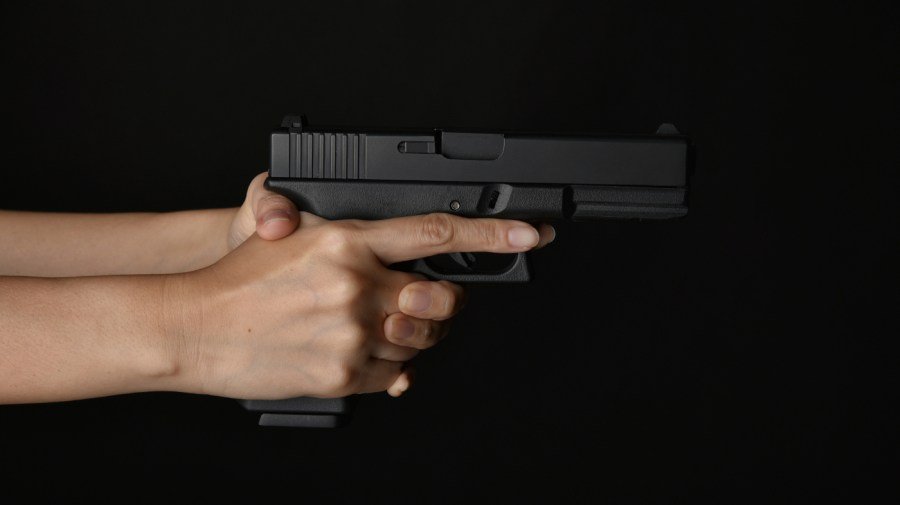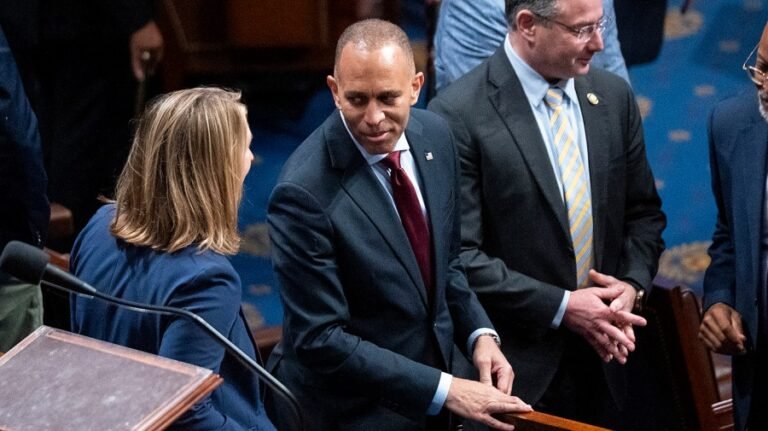
Just over a year ago, the Supreme Court struck down one of the main pillars of how modern federal regulation works — the Chevron doctrine.
This rule, whose name was taken from a 1980s Supreme Court case, had required federal judges to defer to federal agency interpretations of their own authority in cases where the underlying laws were vague.
The Loper Bright ruling that ended so-called “Chevron deference” last June was described as a “return to judicial balance” — a technical correction. But its consequences are now impossible to ignore.
This decision gas hit gun regulation especially hard, stripping the Bureau of Alcohol, Tobacco and Firearms of one of its key tools for enforcing gun control. Between Loper Bright and the Supreme Court’s striking down of the ban on bump stocks in Garland v. Cargill, courts across the South have begun systematically overturning rules.
Before Loper Bright, the ATF claimed the authority to decide what counts as a firearm — including whether modifications or added parts fell under regulation. The agency used that flexibility to slow the spread of dangerous modifications.
After the demise of Chevron, however, courts are no longer required to defer to agency interpretations, meaning that agencies like the ATF can no longer count on winning if they “fill in the blanks” where Congress was vague. That means every new restriction must be clearly written into law, and older rules are now being challenged in court. The ATF is left watching from the sidelines as Loper Bright has become a standard reference in gun-related cases.
Southern states didn’t waste time. Immediately after the decision, judges began citing it, and one year later we’re seeing regional changes. For example, efforts are now underway to draft looser rules on pistol braces — add-ons that effectively turn pistols into rifle-style weapons — after the stricter Biden-era rule was struck down as impermissibly vague.
A judge in Texas also blocked ATF’s attempts to regulate forced-reset triggers — devices that let semi-auto rifles fire almost like automatics — on the grounds that only Congress can decide what counts as a machine gun. This ruling shows how, after Chevron ended, agencies lost their ability to stretch unclear laws into gray areas.
The argument is clear and consistent: If something isn’t explicitly defined as a firearm in the law, the agency cannot necessarily count on its claims of authority over it holding up in court. Without Chevron, regulators can’t just interpret or assume provisions “in the interest of public safety” and expect their interpretations to carry the day by default.
Chevron’s fall didn’t just weaken the ATF — it shook the foundation of how regulation works. Now, every gun rule must be spelled out. Until that happens, loopholes remain open.
Meanwhile, Congress’s continued silence has opened the door to a wave of new weapon variations and modifications. The market is drifting into chaos, making rules hard to enforce and define.
By striking down Chevron, the court removed one of the few tools still keeping gun regulation alive. Without new laws from Congress, legal chaos becomes the norm. More weapons, more loopholes, less clarity.
The court made its choice. Now it’s up to Congress. And as long as politicians stay quiet, the law is being written by those with guns in their hands.
Artem Kolisnichenko writes on crime, immigration, and border policy across the American South and Southwest.


